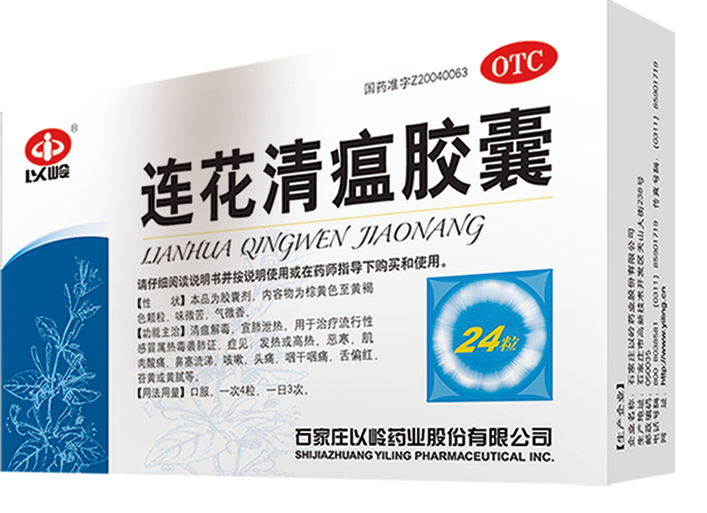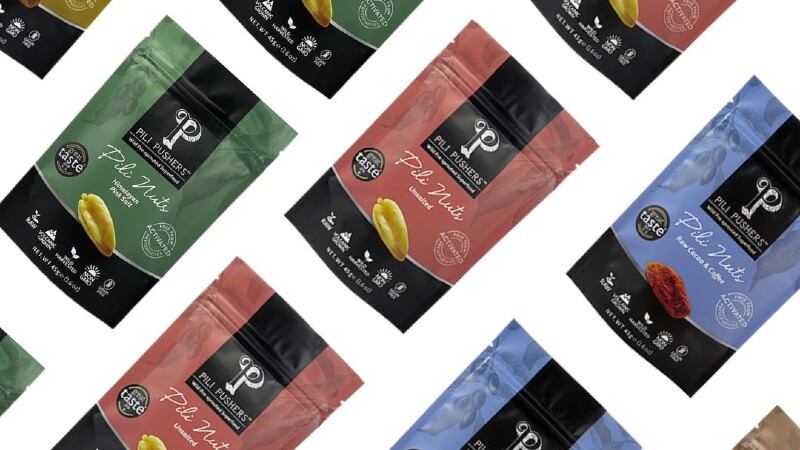This is according to a high-level panel discussion from the NutraIngredients Immunity Interactive Broadcast Series from APAC. (Listen on demand here)
The panelists included Brett Friedman, Healthcare Consultant at Blackmores Institute, Sandeep Gupta, Founder and CEO at Expert Nutraceutical Advocacy Council (ENAC) India, Nalin Sood, CEO and Co-Founder of Teamonk Global, Dr. Joerg Schnackenberg, Head of Technical Marketing at AstaReal and Dr. George Thouas, Head of Research & Development at Max Biocare.
The panel discussion was chaired by Gary Scattergood, editor-in-chief of NutraIngredients-Asia.
The session also included a one-on-one keynote interview with Sarah Culverhouse, Head of Education at McPherson’s Health.
Format innovation
The panel agreed that immune products in traditional formats are phasing out, as consumers look for easy, convenient and innovative ways of getting their nutrients through foods and beverages.
Gupta said: “Popping pill was always a traditional way of consuming nutrients worldwide, but this is shifting towards a more consumable format where the consumer feels its convenient, in the form of milk, latte or soups.”
Another growing category in India is gummies, which are becoming popular with the elderly as well as children.
Gupta added that females in India also tended to prefer liquid formats such as smoothies where they could add the botanical or herbal powder directly.
For Sood, his firm is creating teas with added health benefits including immunity.
It is currently focusing on the green tea plus range which are whole leaf green tea with herbs like ashwaganda, basil, ginger, hibiscus, turmeric, cardamon and others.
“We are taking green tea as a base, which already has huge amounts of antioxidants and adding natural ingredients to improve the taste profile yet with additional health benefits.”
The potential of botanicals and herbals in functional food and beverages seem endless, however, Thouas said it was important not to bypass supplements, as they can offer higher doses.
Technical challenges
With huge opportunities to explore different formats, it also brings about technical challenges for manufacturers and suppliers.
For AstaReal who produces astaxanthin, Schnackenberg explained that the primary product from the extraction of microalgae is oleo resin which has several limitations for food and beverage applications due to its water insolubility and strong odour.
It is however suitable for use in traditional formats like soft gel capsules. So the firm refined the oleo resin to create a water soluble version for use in functional foods and beverages.
For Sood, a challenge was developing functional teas without the bitterness, which was a pain point for many consumers.
He said many manufacturers add artificial flavourings to mask the bitter masks. Some companies also boil or put their teas through chemical treatments which will lose some of the bioactives.
Instead of these, Teamonk places the tea leaves along with the herbals and botanicals into a steam chamber which helps contain most of the bioactives yet helps impart flavour.
Sustainability
Beyond new format innovations, Thouas pointed out a growing demand for products that are authentic, not adulterated and derived from more pure and sustainable sources.
In her one-on-one interview, Culverhouse also touched on how consumers factored in health and therapeutic properties first and foremost, but sustainability was second most important for them.
This included everything from the conditions that the botanicals and herbals were grown and cultivated, water usage, packaging, transportation, and even social sustainability such as labour.
Emerging ingredients
For immune related products, Schnackenberg said consumers were moving away from synthetic ingredients and actively searching for botanical and plant-based ingredients.
Emerging ingredients in the botanical and immunity space include astragalus, a TCM to promote ‘chi’ or blood circulation.
McPherson’s Health incorporates this ingredient in its Fusion Health brand which evidence have shown immune health benefits including reducing upper respiratory tract infection and allergic rhinitis.
Other herbals include medicinal mushrooms such as reishi in TCM. It has shown a range of immune enhancing effects, anti-inflammatory and antioxidant properties.
In India, botanicals such as ashwagandha, moringa, black cumin and ginger are emerging as immune health ingredient, according to Gupta.
For Max Biocare, it is using a brown seaweed ingredient (fucoidan) in its immune-related
supplements.
Consumed frequently in Asian countries like Japan, fucoidan has anti-viral, anti-inflammatory, anti-coagulant properties and a barrier function which protect against adhesion of some pathogens.
With last year’s spike in sales immunity products globally, Culverhouse forecasts this trend to continue.
“I think that people are going to be a lot more aware of their immune health going forward, and far more conscious about preventative health. That’s something that complementary medicine can help in maintaining overall health and wellbeing.”
Science-backed evidence
Botanicals and herbals have been used traditionally for centuries in Asia-Pacific, with the likes of Ayurveda and traditional Chinese medicine (TCM).
Traditional evidence for these herbs are available in different languages, studying different health functions and population groups.
As botanicals and herbals gain more popularity, the panel discussed the need for more studies, from a clinical point of view.
Culverhouse said randomised controlled trials (RCTs) should not always be priortised over traditional evidence, and that the two could go hand-in-hand.
For instance, Ayurveda is a system of natural medicine which includes herbs, yoga and diet. “There's a whole range of approaches that you use when managing patient care. We need to blend all the evidence that we have, whether it's traditional evidence from many years of use, or case reports, or RCTs to build on the evidence.”
Thouas agreed it was important to have many evidence from animal, pre-clinical as well as clinical trials to provide a better understanding of efficacy of the ingredient.
While research on efficacy is important, Gupta said safety studies were absolutely necessary.
Friedman pointed out safety data was particularly important for pharmacists and practitioners, especially for botanicals and herbals, traditional evidence have reported its safe usage, but more clinical research evidence are needed.
Blackmores Institute recently published a white paper looking at botanicals and herbals and their immune health benefits, targeted for pharmacists.
The whitepaper contained information on common ingredients in supplements such as echinacea and garlic, their efficacy, and potential adverse interaction with drugs.
While many of these botanicals have a wealth of traditional evidence, Blackmores focused on the clinical evidence.
Friedman cited echinacea as an example, where clinical evidence showed it was more effective in preventing respiratory tract infections, instead of reducing the severity or duration of infection.
This research gave information on how the ingredient should be used, timing, and gives pharmacists the confidence to advise their patients.
In India, Gupta said botanicals and herbals have a lack of science based evidence, and consumers are increasingly more aware and will only buy products if the manufacturers give them confidence and transparency.
Culverhouse added that consumers were not really bothered by where the evidence comes from, whether traditional or western evidence, as long as they go through the regulatory process in the respective countries.
The next edition on immunity and the microbiome will take place on May 18. Register for free here.




